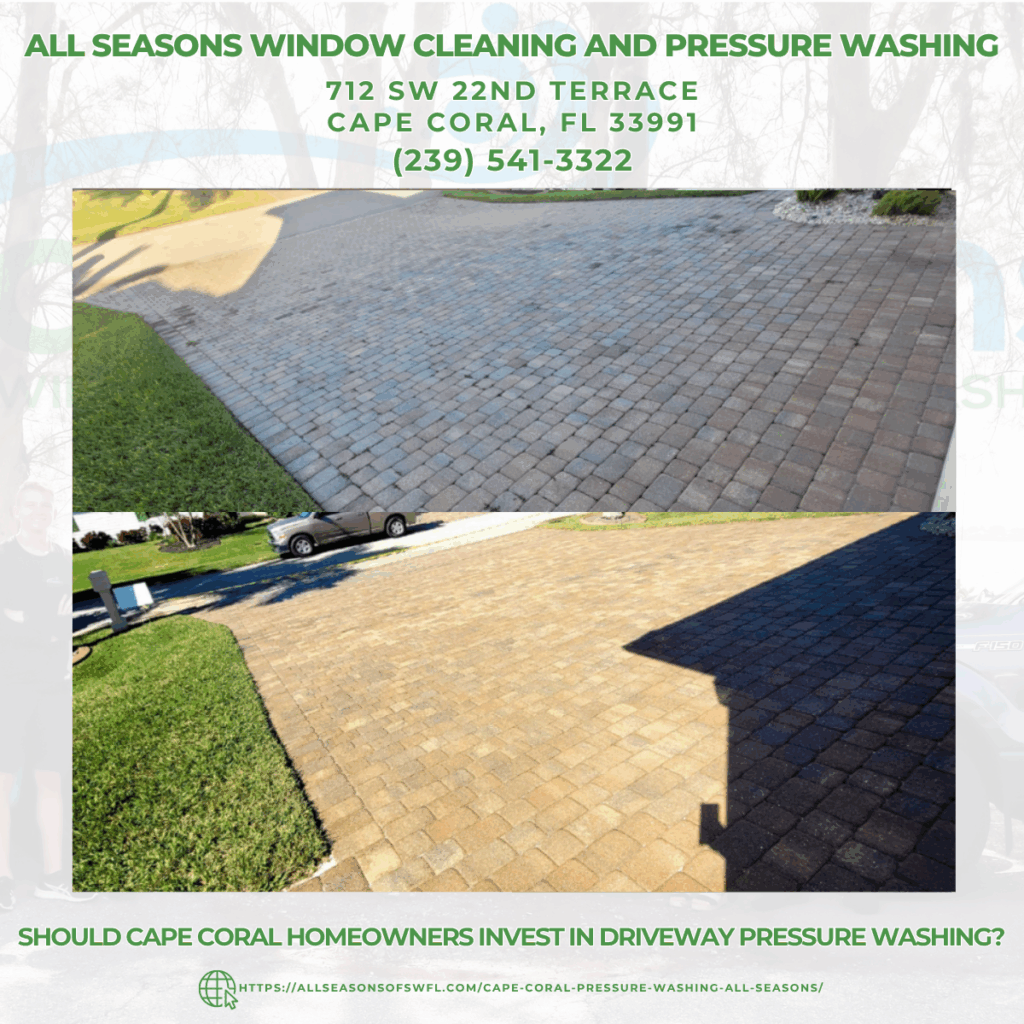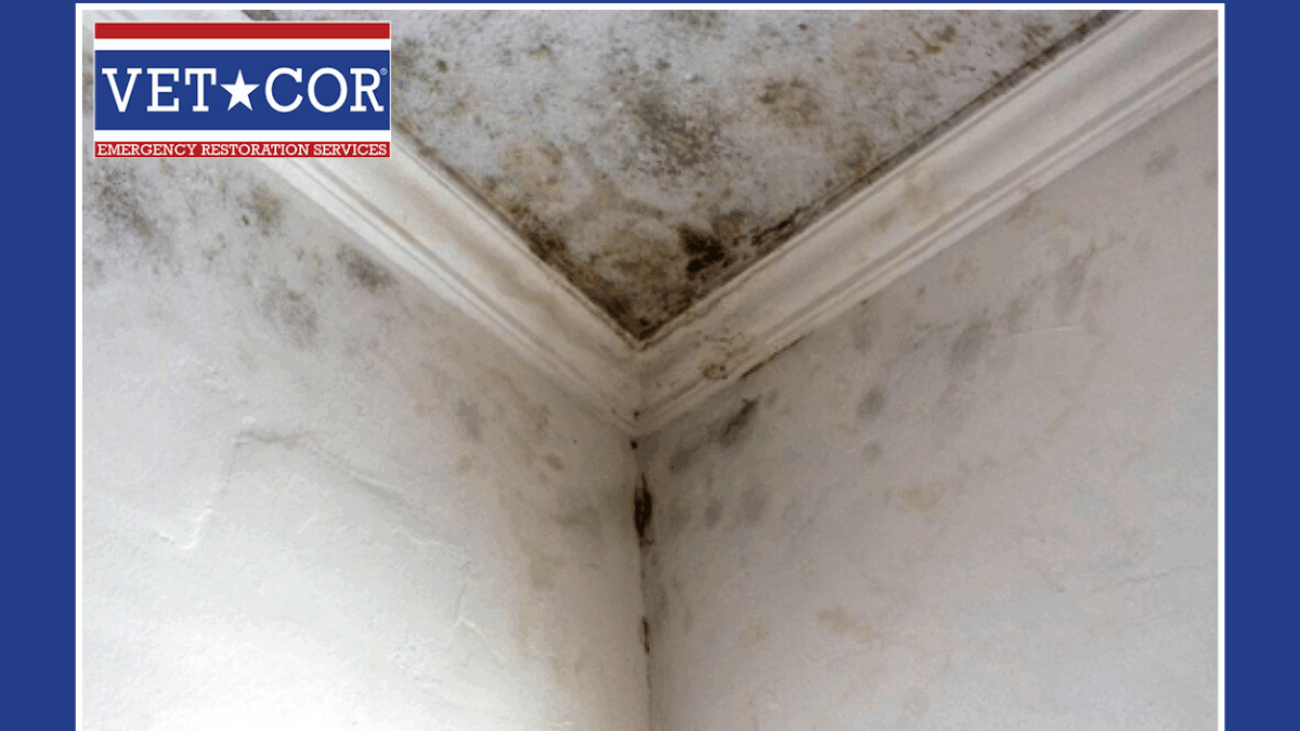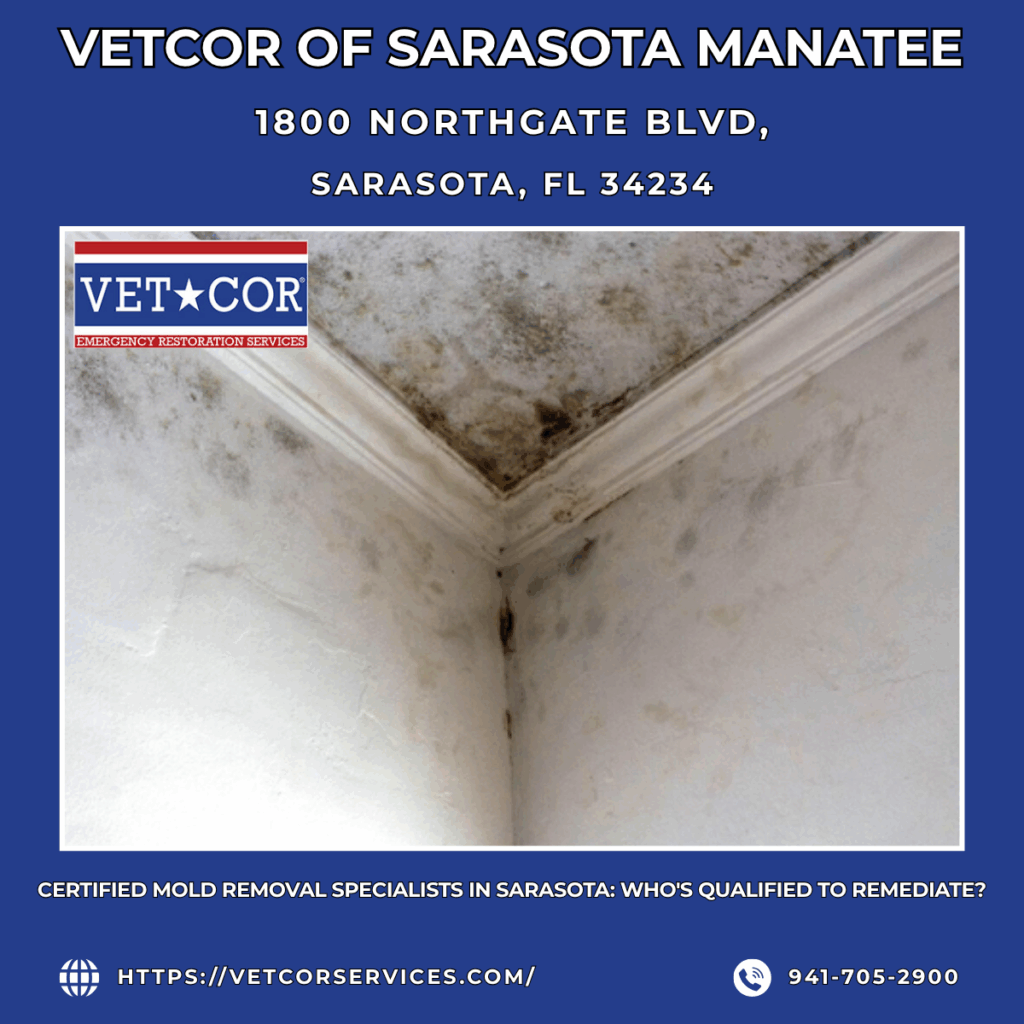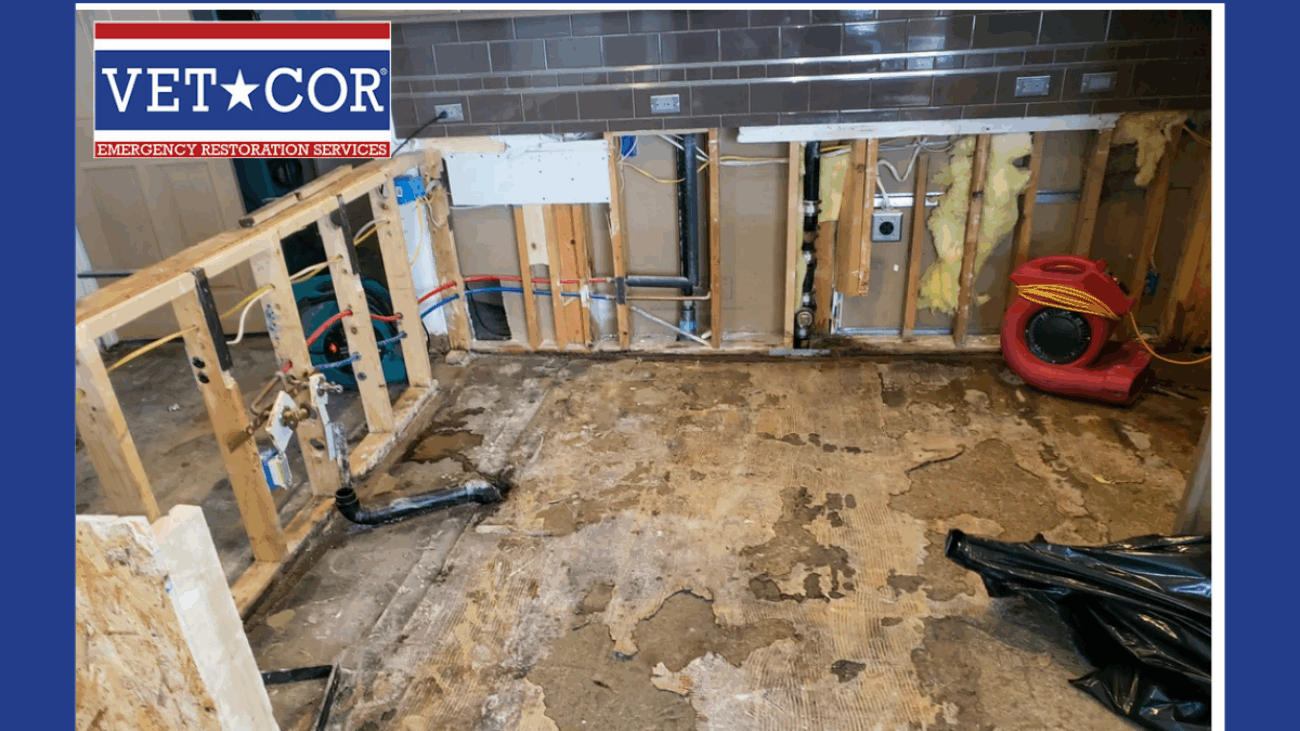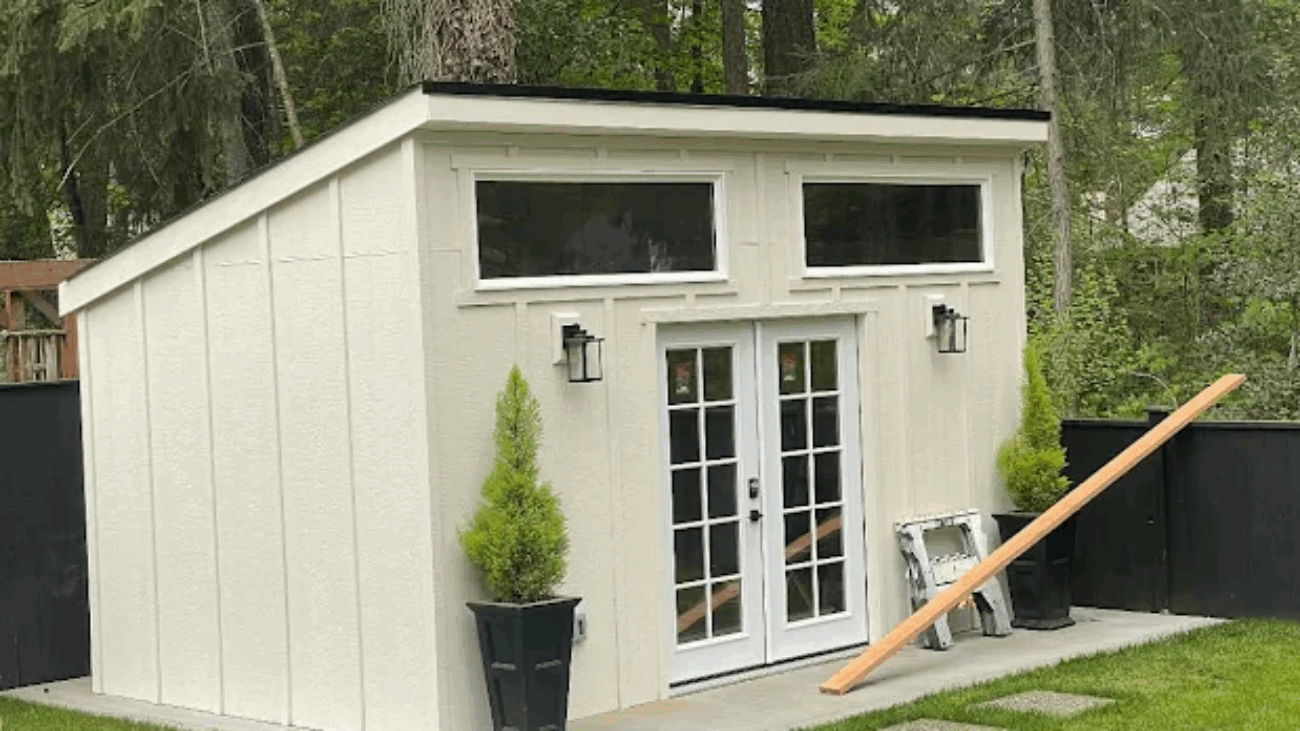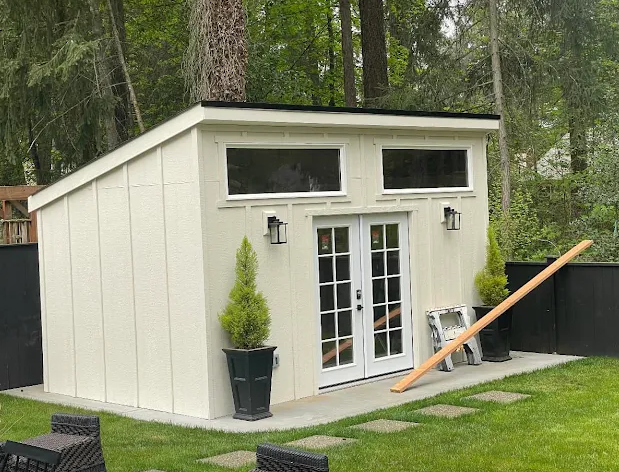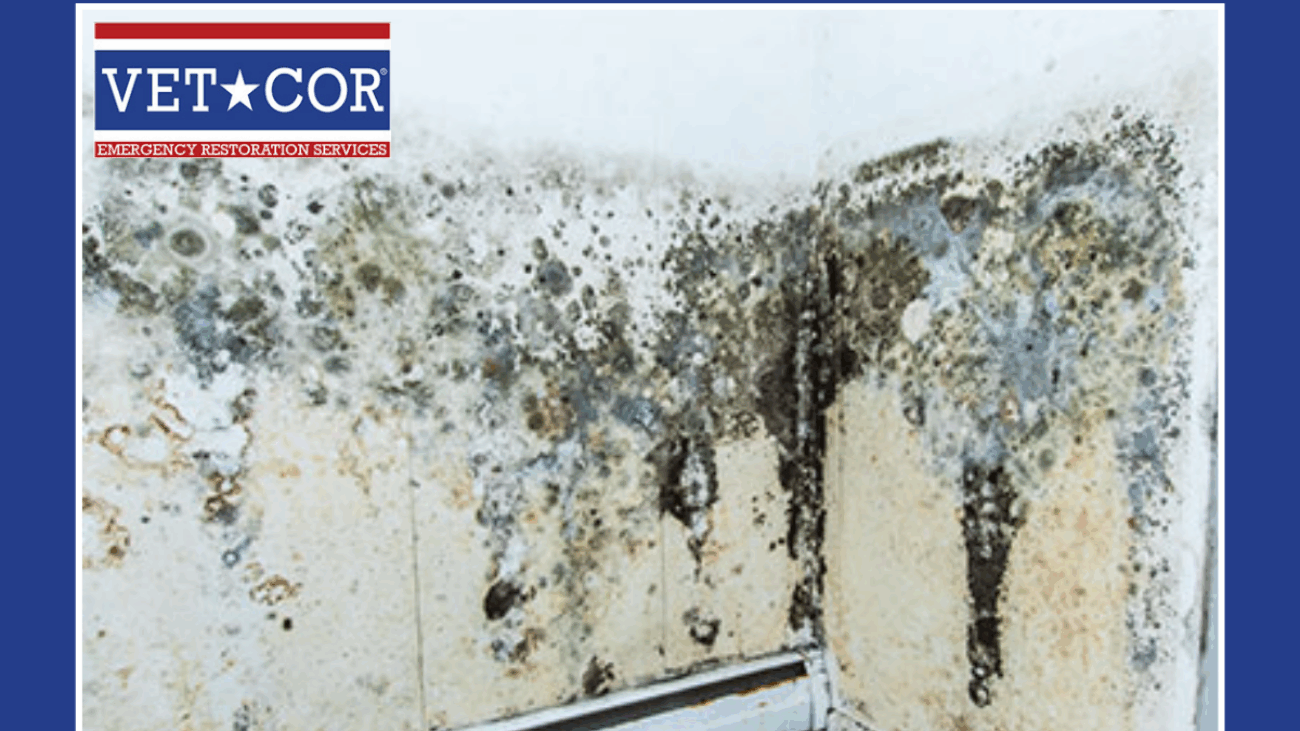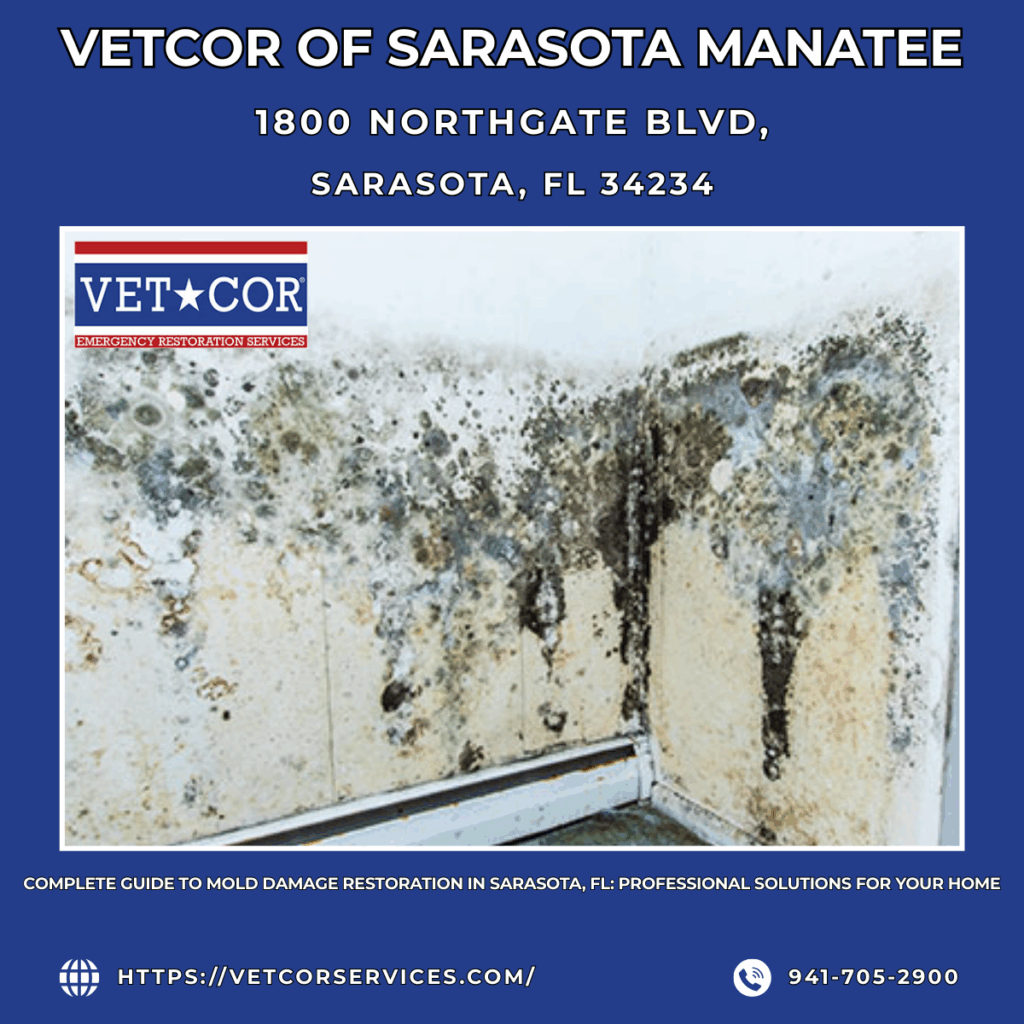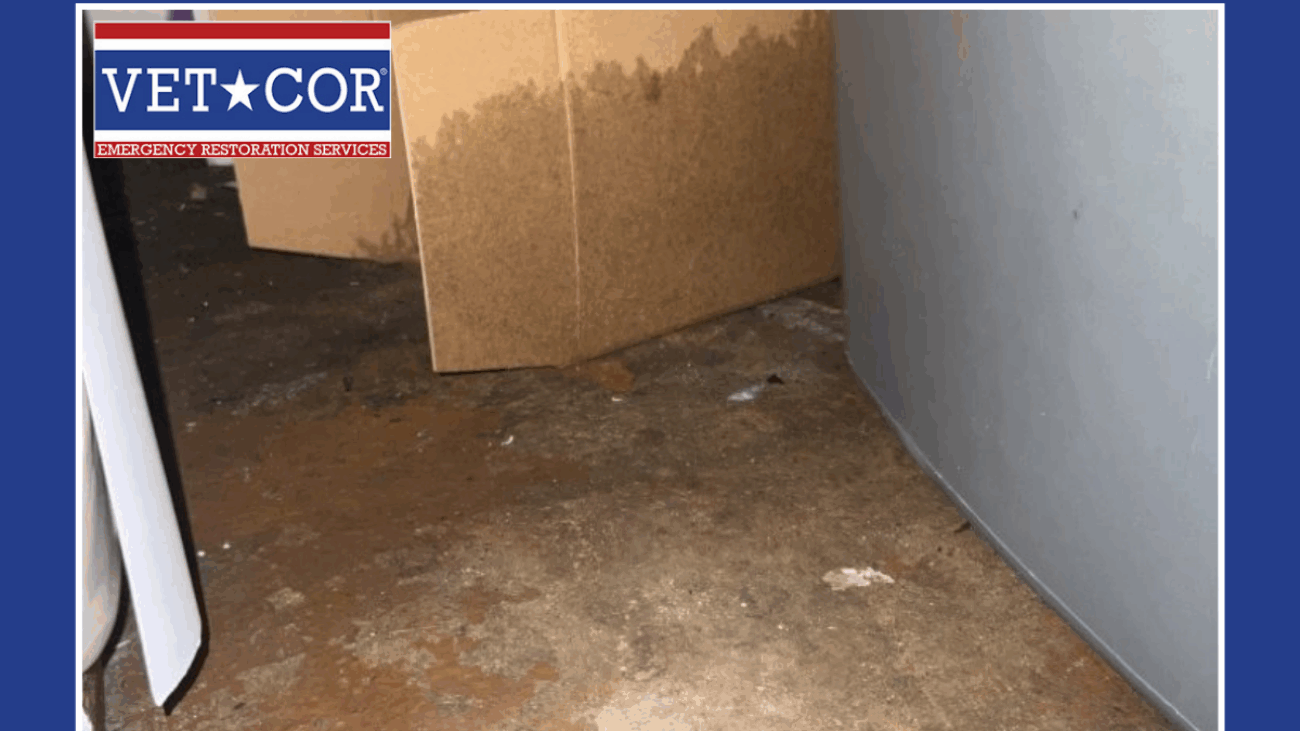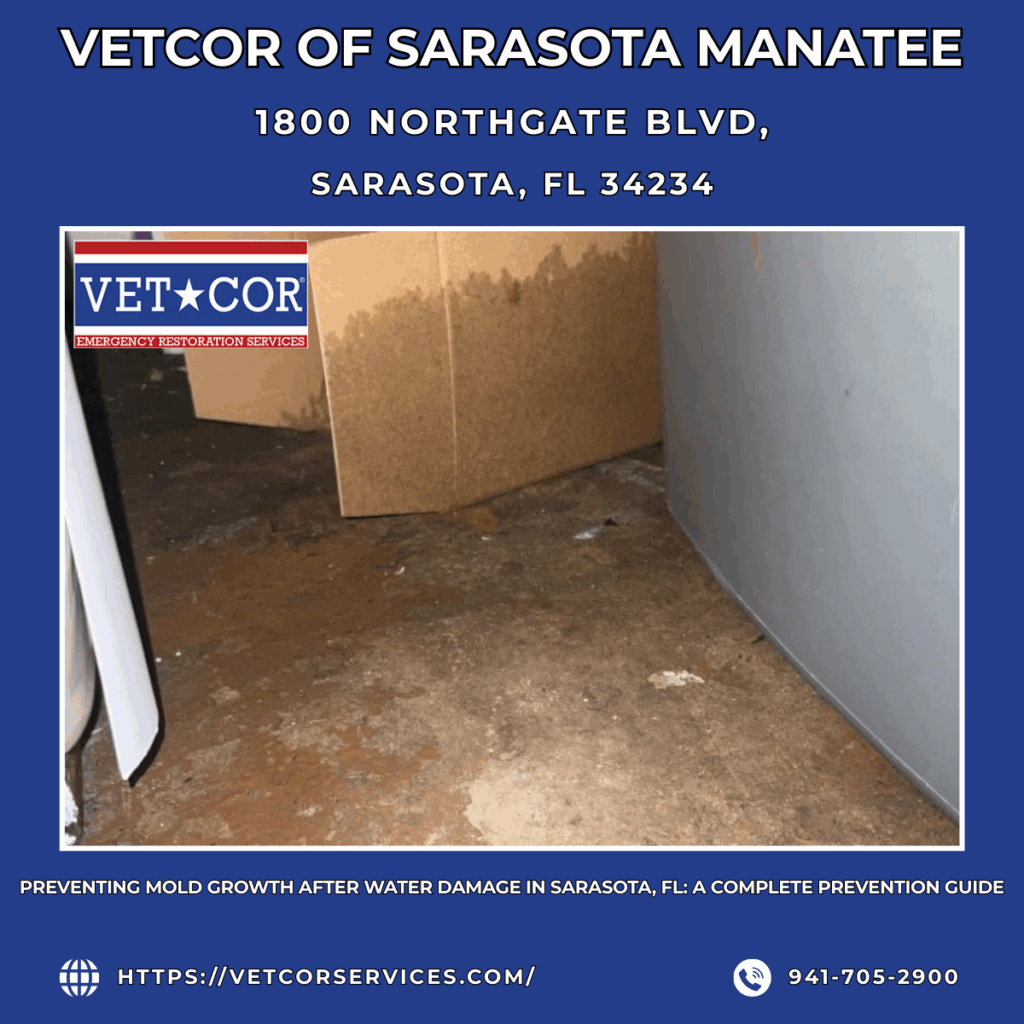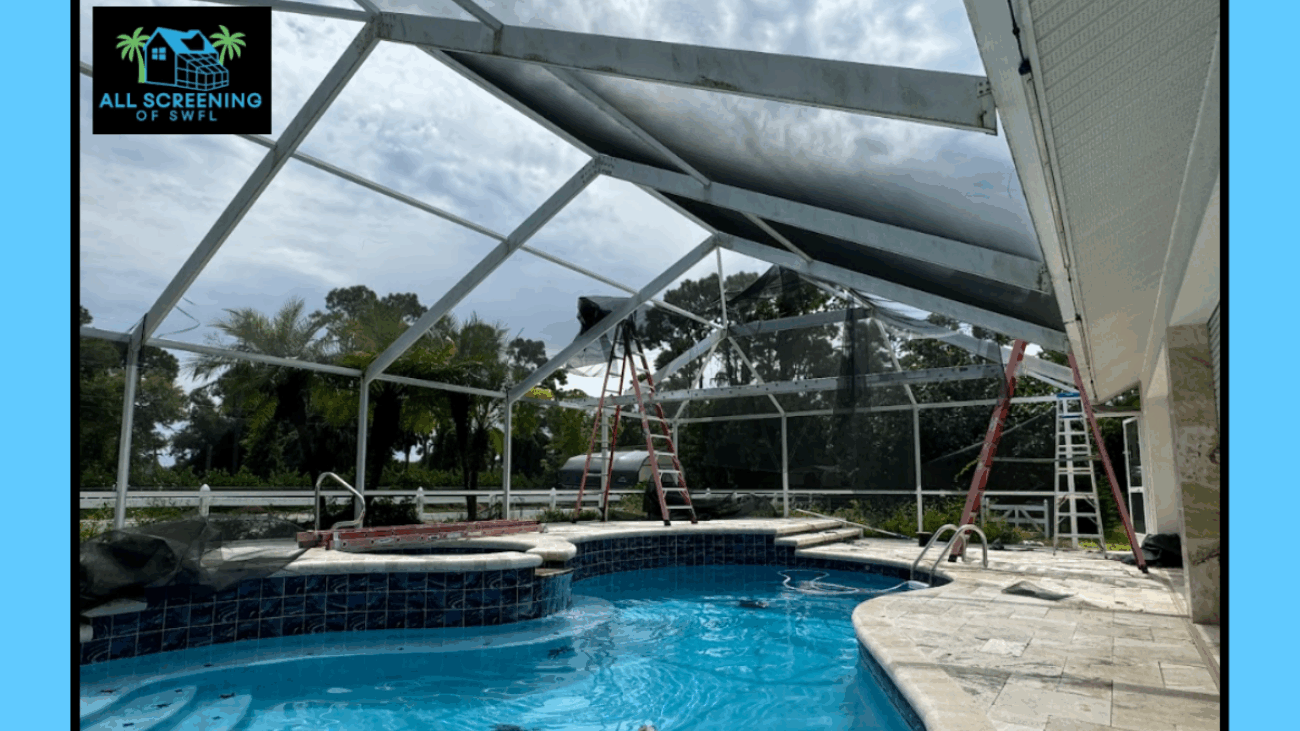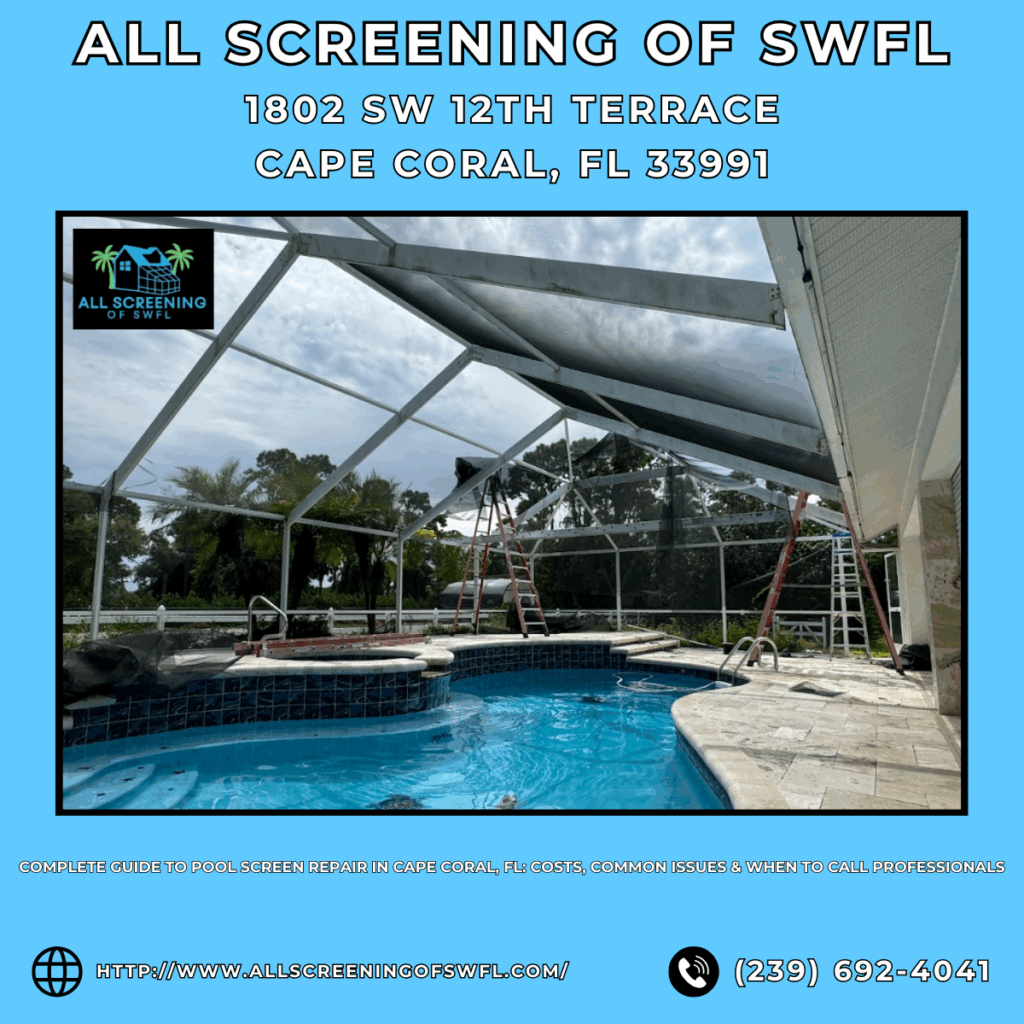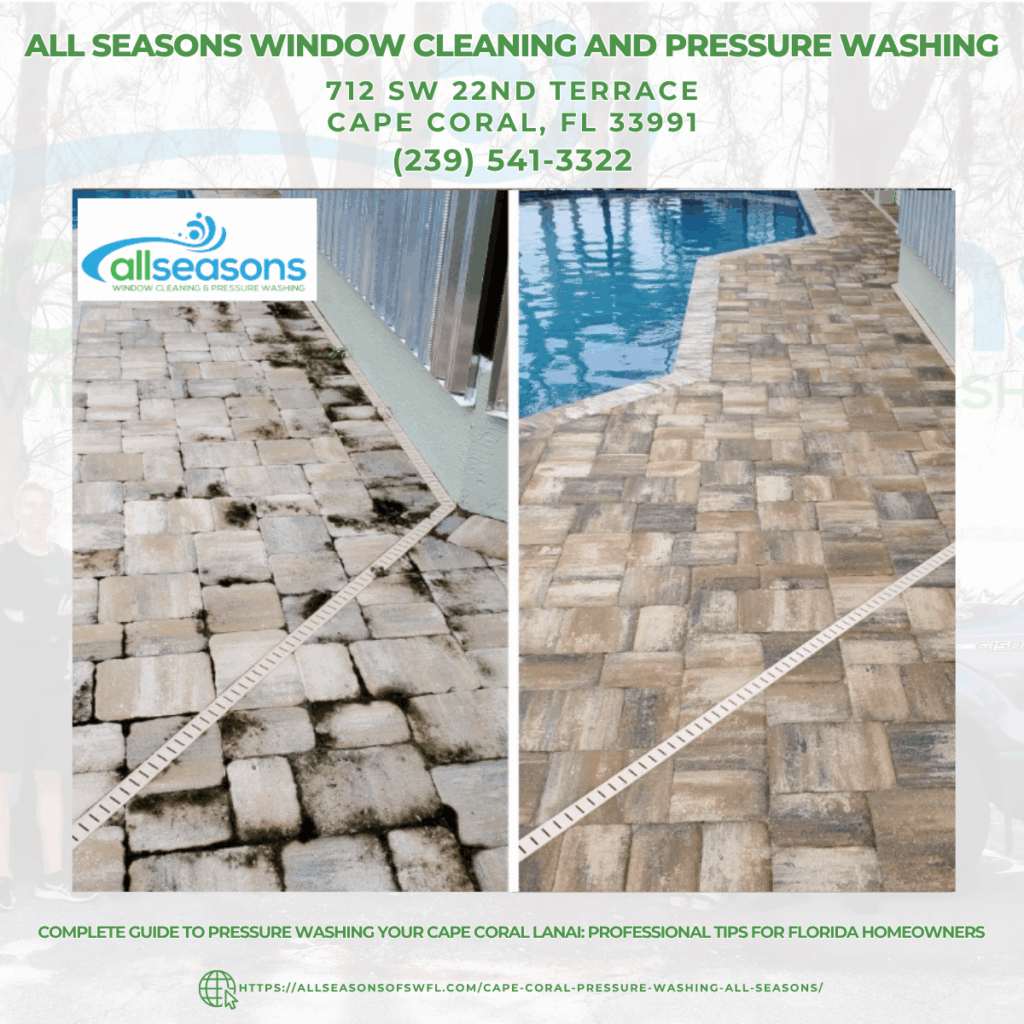
Complete Guide to Pressure Washing Your Cape Coral Lanai: Professional Tips for Florida Homeowners
Learn step-by-step how to safely and effectively pressure wash a lanai in Cape Coral, FL, with local tips, equipment recommendations, and answers to frequently asked questions.
The Importance of Lanai Pressure Washing in Cape Coral
Living in Cape Coral means enjoying beautiful outdoor spaces year-round, but it also means dealing with the relentless combination of humidity, heat, and rainfall that turns lanais into breeding grounds for algae, mold, and mildew. Neglecting regular lanai cleaning Cape Coral homeowners need to prioritize can lead to permanent staining, structural deterioration, and even health concerns from airborne mold spores that migrate into your home.
The lanai pressure washing benefits extend well beyond aesthetics. Florida’s aggressive climate causes organic growth that doesn’t just sit on surfaces—it actively degrades them. Algae and mold produce acids that eat into porous materials like concrete and grout, while mildew stains become increasingly difficult to remove the longer they’re allowed to establish. Regular pressure washing removes these destructive elements before they cause permanent damage, saving you thousands in potential restoration costs down the road.
Moreover, clean lanais simply function better. Screens clogged with dirt and spider webs restrict airflow and block light, diminishing the comfort and utility of what should be one of your home’s most enjoyable spaces. Slippery algae on floors creates liability risks, particularly in pool areas where running children and wet surfaces already present challenges. By maintaining a clean lanai through regular pressure washing, you’re protecting both your property value and your family’s safety.
Preparing to Pressure Wash Your Lanai
Successful pressure washing preparation begins well before you pull the trigger on your pressure washer. Start by completely clearing your lanai of all movable items—furniture, grills, planters, decorations, and storage items. This seemingly obvious step is often rushed, leaving obstacles that prevent thorough cleaning and create shadows of dirt that stand out starkly against cleaned areas.
Once cleared, conduct a methodical inspection of your lanai’s condition. Walk the perimeter examining screens for tears, punctures, or loose spline that could worsen under pressure. Check posts and beams for rot, particularly at ground level where moisture accumulation accelerates wood deterioration. Inspect your flooring for cracks, loose pavers, or areas where water has already caused damage—these vulnerabilities need addressing before pressure washing or they’ll become worse.
Essential lanai prep tips include pre-sweeping all surfaces to remove loose debris, leaves, and cobwebs. This preliminary cleaning makes your actual pressure washing more efficient and prevents debris from clogging your equipment. Mark any areas that require special attention with chalk or tape, and note any repairs needed so you don’t forget them when you’re focused on the washing process itself.
Equipment and Supplies Needed
Choosing the right pressure washer Cape Coral conditions demand means balancing cleaning power with surface safety. For residential lanai applications, electric pressure washers in the 1,400-2,000 PSI range provide the sweet spot of effective cleaning without excessive risk of damage. These units plug into standard outlets, run quieter than gas models, and require less maintenance—ideal for homeowners who’ll use them occasionally rather than daily.
Cape Coral residents have excellent access to lanai cleaning equipment through multiple channels. Major retailers along Del Prado Boulevard and Pine Island Road stock both rental and purchase options. Home Depot, Lowe’s, and Harbor Freight carry a range of residential pressure washers starting around $100 for basic electric models up to several hundred for feature-rich units with adjustable pressure, multiple nozzles, and soap tanks.
For those preferring to rent rather than buy, daily rental rates typically run $50-$75 for quality residential units, while weekend packages offer better value for larger projects. Local tool rental specialists like Sunbelt Rentals or smaller independent shops often provide better equipment orientation and customer service than big-box stores, helping first-timers avoid common mistakes.
Beyond the pressure washer itself, assemble these essential supplies: a variety of nozzle tips including 25-degree and 40-degree options, extension wands for reaching high areas safely, surface cleaner attachments for floors, garden hoses with sufficient length, appropriate cleaning solutions, personal protective equipment including safety glasses and slip-resistant footwear, and tarps for protecting plants and redirecting runoff.
Step-by-Step Guide to Pressure Washing a Lanai
Executing a thorough step-by-step pressure washing begins with proper equipment setup. After connecting your pressure washer to both water supply and power source, test the unit briefly to ensure water flows freely and connections are secure. Fill the detergent reservoir with properly diluted cleaning solution—never use undiluted products as they can damage surfaces and harm landscaping.
Your lanai cleaning instructions should always follow the top-to-bottom principle. Beginning with the ceiling and upper screen frames prevents dirty runoff from recontaminating lower areas you’ve already cleaned. Use a wide-angle nozzle (40-degree) and keep your distance—at least 12-18 inches from screens to avoid puncturing. Work in smooth, methodical strokes, overlapping each pass by about 50% to ensure complete coverage without streaking.
Screen panels require especially careful attention during lanai pressure washing. Position yourself inside the lanai and spray outward, which pushes debris away from your living space rather than into it. Hold the wand at a slight angle rather than perpendicular to the screen, distributing pressure across a larger area. If you encounter stubborn stains, apply cleaning solution directly and allow several minutes dwell time before rinsing rather than increasing pressure.
For structural elements like posts, beams, and framing, switch to a 25-degree nozzle for more concentrated cleaning power while maintaining safe distance. Follow the grain or length of materials with your spray pattern, and keep the wand moving continuously. Pausing even briefly in one spot can create visible damage lines or remove paint from finished surfaces.
Floor cleaning benefits tremendously from surface cleaner attachments, which look like hover discs with rotating spray arms underneath. These tools clean more evenly and efficiently than wand-only approaches, eliminating the streaking and uneven results common with freehand technique. For grout lines and heavily stained areas, follow surface cleaner passes with targeted wand work using appropriate pressure and distance.
Safety Precautions and Best Practices
Treating pressure washing safety seriously prevents injuries and property damage. These machines generate sufficient force to cut skin, inject water beneath the surface causing serious medical emergencies, or blow debris into eyes and faces. Always wear safety goggles or a face shield, never point the spray at yourself or others, and keep children and pets well away from the work area.
Proper footwear is non-negotiable for lanai damage prevention. Wet floors become treacherously slippery, and the combination of water, cleaning chemicals, and smooth surfaces creates genuine fall hazards. Wear closed-toe shoes with deep treads designed for wet conditions—water shoes or similar footwear with grip patterns work well.
Test your pressure and technique on inconspicuous areas before tackling prominent surfaces. This trial run reveals whether your pressure setting is appropriate and allows you to adjust distance and angle before working on visible areas. Start with lower pressure and increase gradually only if cleaning results prove inadequate. Remember that dwelling on spots longer often works better than increasing pressure.
Maintain awareness of electrical fixtures, outlets, and wiring throughout your lanai. While outdoor electrical installations should be weather-resistant, direct high-pressure spray can force water past seals and into junction boxes or fixture housings. Cover outlets with waterproof tape, avoid spraying directly at light fixtures, and never pressure wash around ceiling fans or electrical panels.
Protecting Plants and Landscaping
Southwest Florida’s lush landscaping surrounding most lanais requires proactive protection during pressure washing projects. The cleaning solutions, runoff, and physical water force can all damage ornamental plants, shrubs, and lawn areas adjacent to your lanai, turning a home improvement project into a gardening disaster.
Begin your plant protection strategy by thoroughly watering all vegetation near the work area several hours before starting. Saturated soil and plant tissues are less likely to absorb harmful chemicals from cleaning solution runoff. After watering, cover delicate plants, flowers, and prized shrubs with plastic sheeting, securing it with stakes or weights to prevent wind displacement.
To protect plants pressure washing impact, create physical barriers that divert water away from root zones. Position boards, temporary berms, or landscape fabric to channel runoff toward drainage areas, driveways, or other locations where it won’t harm vegetation. If your lanai drains toward planted areas, consider temporarily extending drain hoses or gutters to redirect flow during cleaning.
Throughout the pressure washing process, remain mindful of overspray. Even mist from cleaning chemicals can harm sensitive plants, so work carefully near the lanai’s perimeter. After completing your cleaning, promptly remove all protective coverings to prevent heat buildup, then thoroughly rinse any plants that may have been exposed to cleaning solutions or heavy runoff. This additional irrigation dilutes and flushes away residual chemicals before they can cause harm.
Choosing Pressure Washing Solutions for Lanais
Selecting effective lanai cleaning solutions appropriate for Cape Coral’s specific challenges significantly impacts your results. Florida’s climate creates ideal conditions for organic growth, requiring cleaners that not only remove visible stains but also kill the underlying organisms to prevent rapid regrowth.
For routine maintenance and light to moderate organic staining, oxygen-based cleaners provide excellent eco-friendly pressure washing Cape Coral homeowners increasingly prefer. Products containing sodium percarbonate release oxygen when mixed with water, breaking down organic stains through oxidation rather than harsh chemical action. Brands like OxiClean Outdoor, Krud Kutter Exterior, and Simple Green work effectively on most lanai surfaces while being substantially safer for surrounding vegetation and local waterways.
When confronting severe mold, mildew, or algae accumulation, stronger solutions may be necessary. Specialized outdoor mildewcides containing quaternary ammonium compounds or sodium hypochlorite offer more aggressive cleaning power. However, use these products judiciously, following dilution instructions precisely and taking extra precautions to protect landscaping from runoff.
Cape Coral’s extensive canal system and proximity to the Caloosahatchee River make environmentally responsible cleaning product choices particularly important. Everything that runs off your lanai eventually reaches our waterways, affecting the aquatic ecosystem that makes Southwest Florida special. Look for biodegradable, phosphate-free formulations that break down naturally without introducing harmful chemicals into the environment.
Local availability makes product selection convenient—Cape Coral hardware stores, home improvement centers, and specialty cleaning supply shops stock numerous options suitable for lanai pressure washing. Store staff can often provide recommendations based on your specific surfaces and staining issues, helping you choose the most appropriate and cost-effective solutions.
Common Mistakes to Avoid When Pressure Washing
Understanding common pressure washing mistakes helps you avoid the frustration and expense of damaged surfaces or disappointing results. Perhaps the most prevalent error is the “more pressure is better” assumption. Many first-time users crank their machines to maximum PSI, believing this ensures thorough cleaning. In reality, excessive pressure gouges concrete, splinters wood, tears screens, and forces water behind sealants where it causes hidden damage that emerges weeks or months later.
Related to excessive pressure are lanai cleaning errors involving improper nozzle selection. Zero-degree nozzles concentrate pressure into a pinpoint stream that acts more like a cutting tool than a cleaning tool. These should rarely if ever be used on lanai surfaces. Even 15-degree nozzles can be too aggressive for screens, painted surfaces, or aging materials. Starting with wider angles (40-degree) and narrowing only if absolutely necessary prevents damage while still achieving excellent cleaning results.
Rushing the process creates numerous problems. Applying cleaning solution without allowing adequate dwell time means it can’t properly break down organic growth and stains, forcing you to use higher pressure or make multiple passes. Conversely, letting solutions dry on surfaces before rinsing leaves residues that attract dirt more quickly, creating a self-defeating cycle. Similarly, moving the wand too quickly provides inadequate cleaning, while holding it stationary too long causes damage—finding the right pace takes practice.
Ignoring weather conditions undermines your efforts. Pressure washing during Cape Coral’s intense midday sun causes cleaning solutions to evaporate before working effectively, while wind blows spray onto areas you’re trying to protect. Working just before rain wastes effort as your newly cleaned surfaces immediately get dirty again. Ideal conditions include overcast days or early morning hours when temperatures are moderate, humidity is lower, and you can work without fighting sun glare or harsh shadows.
Finally, inadequate rinsing leaves chemical residues that actually attract dirt more aggressively than untreated surfaces. After completing cleaning solution application and initial rinsing, make a final pass with clear water only, ensuring all soap, chemicals, and loosened debris are completely flushed away. This extra step seems redundant but dramatically improves long-term results.
Hiring a Pressure Washing Professional in Cape Coral
Despite pressure washing’s apparent simplicity, many situations warrant hiring professional pressure washing Cape Coral services rather than tackling the job yourself. Lanais featuring natural stone like travertine, expensive hardwood elements, or intricate architectural details require expertise to clean effectively without causing damage. Professionals understand how different materials respond to pressure and chemicals, adjusting their approach accordingly.
Physical limitations also influence the DIY-versus-professional decision. Lanai pressure washing demands physical stamina—standing for extended periods, reaching overhead, and maneuvering equipment creates genuine fatigue. Multi-story lanais or those with extensive high areas require specialized equipment like scaffolding or extended-reach wands that most homeowners don’t own. Professionals bring appropriate equipment and the experience using it safely.
Time constraints make professional services attractive for busy homeowners. What might take you an entire weekend to complete, professionals accomplish in hours thanks to commercial-grade equipment, refined techniques, and multi-person crews. When you factor in equipment rental costs, cleaning product purchases, and your time’s value, professional services often prove surprisingly cost-effective.
When evaluating lanai cleaning services, request on-site estimates from at least three local companies. Quality contractors personally inspect your lanai before quoting rather than providing phone estimates. During these consultations, ask specific questions: What pressure settings do you use for screens versus concrete? How do you protect landscaping? What cleaning solutions do you prefer and why? Do you guarantee your work? Can you provide local references I can contact?
Verify insurance coverage—both general liability and workers’ compensation if they have employees. Uninsured contractors leave you liable for injuries or damage occurring on your property. Check Better Business Bureau ratings and online reviews, looking for patterns in customer feedback rather than focusing on individual complaints.
Professional lanai pressure washing in Cape Coral typically costs $150-$400 for average residential projects, depending on size, condition, and complexity factors like high ceilings or extensive built-in features. While this investment exceeds DIY equipment rental and supplies, it includes expertise, insurance protection, and time savings that make professional services worthwhile for many homeowners.
Maintaining Your Lanai After Washing
Implementing consistent lanai maintenance routines dramatically extends time between major pressure washing projects while keeping your outdoor space perpetually presentable. Establish a simple weekly habit of sweeping floors and wiping down screen frames to remove dust, pollen, and organic debris before it accumulates into visible staining.
Monthly maintenance should include hosing down your entire lanai with regular garden hose pressure. This quick, gentle cleaning removes light organic growth and prevents the heavy buildup that eventually necessitates aggressive pressure washing. Focus particular attention on areas where water tends to pool, corners where spider webs accumulate, and under furniture or features that restrict air circulation.
To prevent mold Cape Coral’s humidity enables so readily, address the root cause rather than just cleaning symptoms. Improve air circulation by trimming back vegetation that blocks airflow around your lanai’s perimeter. Ensure all drainage holes in screen tracks and foundation areas remain clear—even small obstructions can cause water backup that creates ideal mold growth conditions. Consider installing ceiling fans if your budget allows; the constant air movement significantly inhibits organic growth while making your lanai more comfortable.
Apply preventative treatments quarterly using products specifically designed to inhibit mold and mildew growth. These solutions create an environment hostile to organic growth, substantially extending the time between necessary lanai pressure washing sessions. Products like Wet & Forget or 30 Seconds Outdoor Cleaner can be applied with a garden sprayer and work continuously over weeks to prevent new growth from establishing.
Address emerging problems immediately rather than waiting until your


